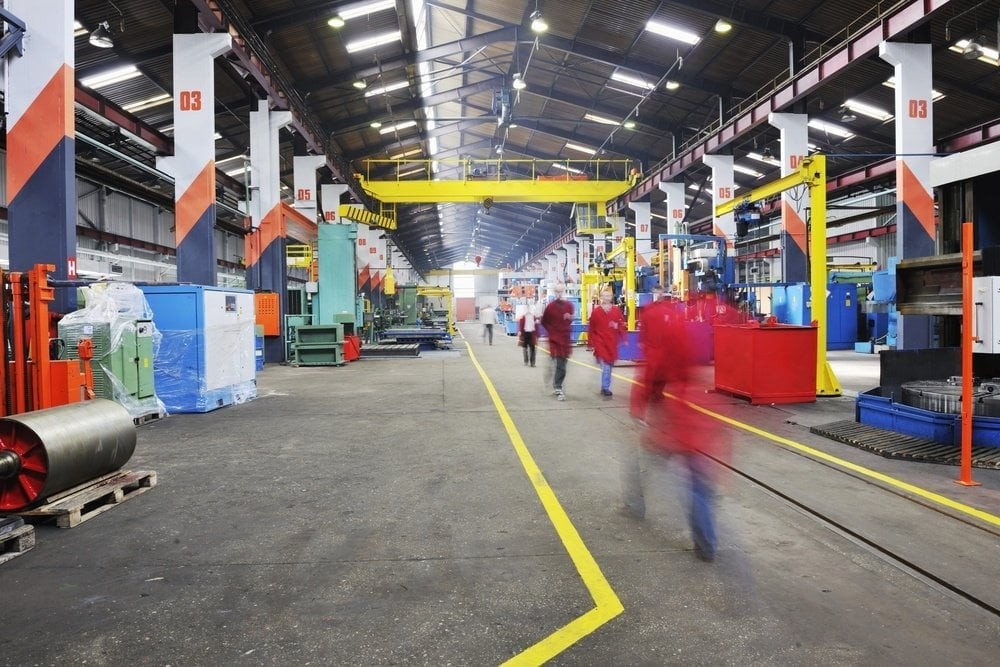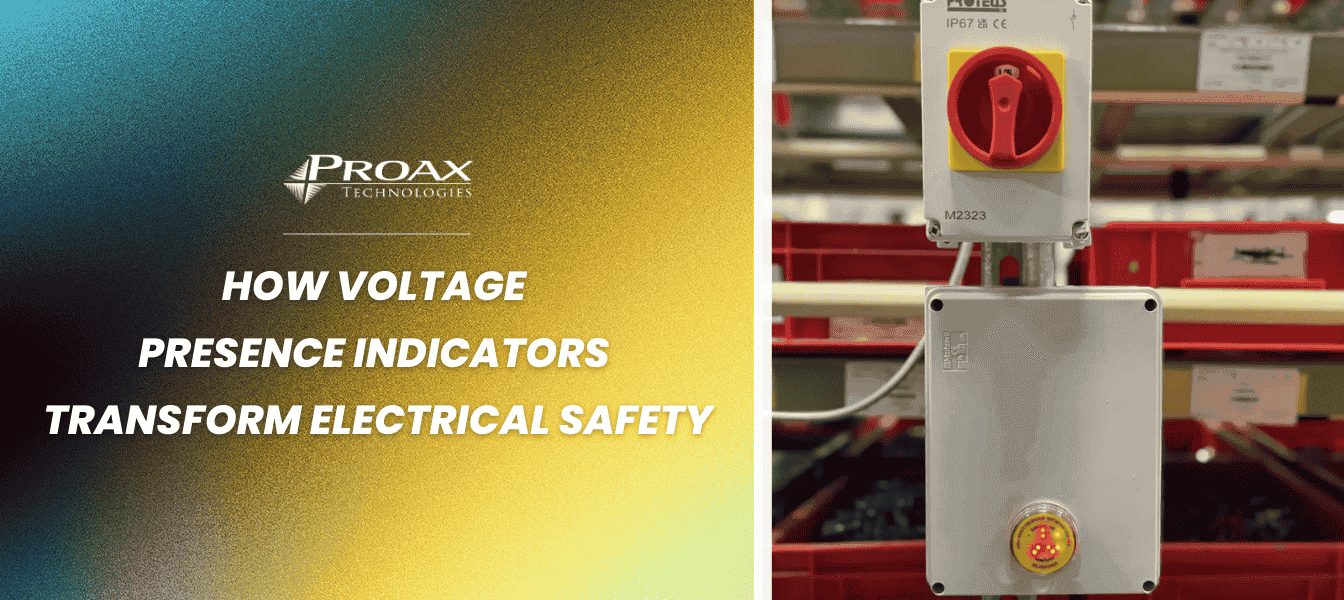Inside my antique wood roll-up desk is a copy of the CSA standard Z432-16. Unlike some of the manuals in my home office library, this CSA standard doesn’t carry any dust on it as it is reference material which I use often – and mostly at a customer’s request. There are very few days in a month where myself or my safety colleague Doug Critch are not asked specific questions and references about safe distances, particular machine hazards, or even design questions specific to the standard. The standard "applies to newly manufactured, rebuilt and redeployed machinery, but may also be used to set upgrade targets for existing machinery." What the standard does not tell you is that not all machine guarding is created equal in regards to quality, functionality, and yes, even aesthetics.
There are three main types of guarding in the Canadian market – all with their own strengths and weaknesses. The question you as a consumer should be asking is why most major manufacturers and integrators are choosing to avoid local weld-shop fabrication or in-house rudimentary construction for the more popular modular fencing. Let me suggest three reasons:
1. Quality
When I was a child and an appliance, car or tool wore out quickly my father used to joke that it must have been built on a Friday afternoon. Although this is only a traditional expression, there is something to be said for the quality and attention to detail that has come about in our current manufacturing era in which parts can be controlled from design through manufacturing by testing. Some companies such as Troax in Sweden have gone so far as to have TUV install and certify an impact testing facility in their manufacturing plant. This has allowed them to be the only guarding in the world to be certified as ISO compliant. You can learn more at here
2. Functionality
Each of the modular guarding companies can boast the fact that functionally they are superior to local weld-shop fabrication or in-house rudimentary fence construction. Modular guarding allows for more simplistic installation, ease of transferring fencing if a machine moves, and facilitate design adjustability. Many of these suppliers have the ability to adapt their guarding to include mesh panels, polycarbonate panels, and solid weld curtains as a turn-key practice. In Canada, Proax Technologies stocks standard Troax panels in Oakville and Montreal allowing turn-around times of less than one week from design to PO to delivery and even install! Modular truly is functional.
3. Aesthetically appealing
I learned very quickly in life that it was in my best interest to let my wife choose clothing for me. My wife has a knack of choosing outfits (as she calls them!) that compliment my rugged good looks and ginger complexion. As my own mother says, “Nadine makes you look good!” Even in a factory it is important to not only have the right product but one that is visually enjoyable for employees and visitors alike. Most modular guarding has a very aesthetically pleasing look as it has a consistent design, paint coating, and bracketry. Troax Sweden has many international agreements with major companies and manufacturers who not only appreciate the quality and modular design of Troax but also the attractive powder coated look. If my mother saw it she would say, “Troax makes them look good!”
Not all machine guarding is created equal. Although the CSA Z432-16 standard allows for a variety of options when it comes to protecting your employees and visitors, there are many reasons why major manufacturers and integrators are choosing modular machine guarding such as Troax. And you probably noticed I didn’t even mention price – modular wins on that too! Check out the available WSPS training in Ontario for the CSAZ432-16.














































